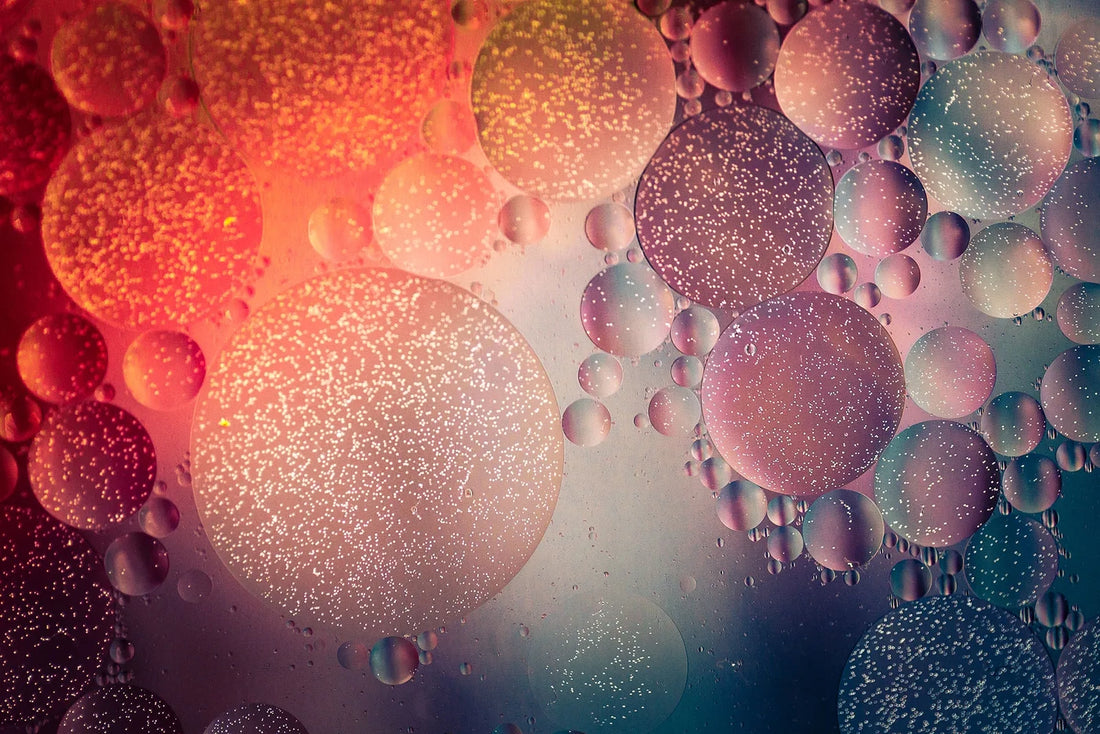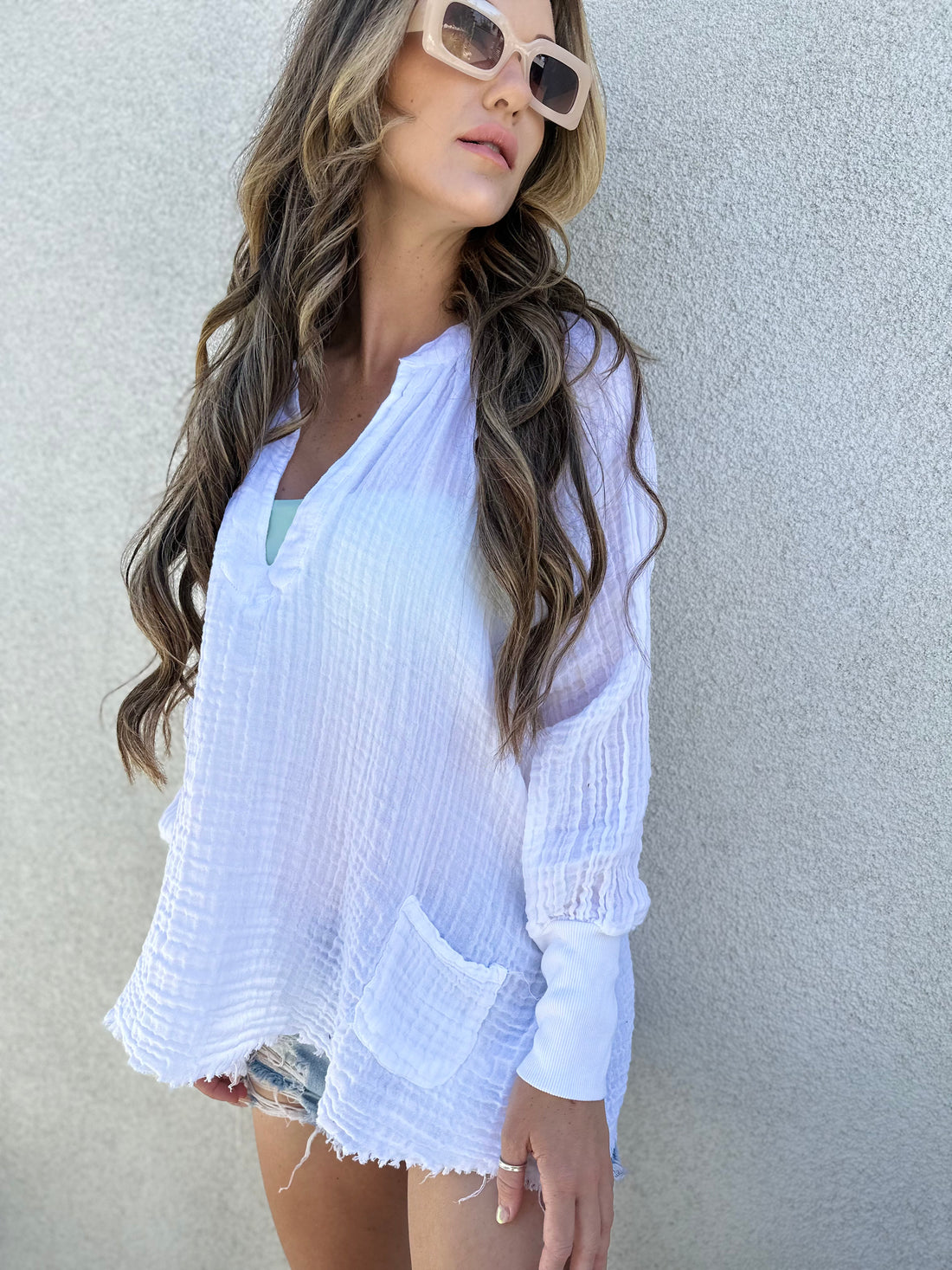
The Ecosystem
The Everywhere and Forever
The Everywhere and Forever
Why do we spend so much time and money sourcing the highest quality ingredients from the most prestigious health food stores, and investing in skin care that tells us it’s “free and clear” of toxic chemicals, but we simply ignore the ingredients in our clothes. Why do we consider lotions, potions and plant based foods important to our health, but ignore the clothes that we wear on our skin every single day. Why is it that when we think of wellness in fashion, our brains naturally go to spandex leggings and workout tops, when synthetic fibers contain the most toxic ingredients in fashion? When we begin to think of fashion as an agricultural product, our relationship with our closet feels more like our relationship with our refrigerator or medicine chest. Tencel = Eucalyptus, Modal = Beechwood Tree, Cotton, Bamboo. Natural fibers are simply better for our skin, and if produced properly, are also healthier for the planet.
We’re here for conversation, not perfection. Being peppered every second of every single moment of every single day with static on how to live a more conscious life can be exhausting. And, unless we spend hours upon hours reading between the lines, we can’t possibly form well-balanced opinions. In the sustainability story of fashion, most of us understand that polyester has a negative impact on the environment. But the end product isn’t the only toxic agent in the fashion supply chain. Just like Monsanto is to food, BASF is to textiles. Chemicals are used during fiber production and the finishing of textiles, and these chemicals have been used commonly since the 60’s. This means that for many of us, for our entire lifetime the clothes covering our largest organ have been known to contain chemicals that affect our endocrine system. And the endocrine system isn’t just a bunch of hormones that temporarily give us mood swings. It’s an entire hormone system that regulates all biological processes in the body from conception through adulthood and into old age, including the development of the brain and nervous system, the growth and function of the reproductive system, as well as the metabolism and blood sugar levels. The female ovaries, male testes, and pituitary, thyroid, and adrenal glands.
There are 8000 synthetic chemicals used in the apparel manufacturing process, from textile to finished product. Below are three of the most common:
Phthalates, aka: The Everywhere Chemical often found in moisture-wicking garments such as outer wear and workout wear are used to make plastics more pliable. Linked to ADHD, asthma, diabetes, reproductive issues, breast cancer, decreased reproductive functions in men, and endometriosis in women.
PFAs/PFCs, aka: The Forever Chemical often found in moisture-wicking garments and workout wear are used to make materials stain resistant and waterproof. They enter into our bodies through our skin and when we breathe, and are linked to decreased fertility, hormonal changes, increased cholesteral, weakened immune system response, increased cancer risk, and growth and learning delays in infants and children.
APEOS, linked to reduced sperm count in men, early termination of pregnancy, and fetal growth defects.
When I founded DINO, I was in it to build a business that would support my son and me. The clothes were a symbol of independence and liberation, a more comfortable life. But along the way I learned that the fashion industry is not only one of the most toxic global industries for the environment, but is also toxic to the end user. The clothes that I viewed as a catalyst for a better life for me and my son, were actually worse for the environment, the people who make them, and even the people who wear them. You, me, and our kids. And because I've committed the last 15 years of my life to nerding-out over textile production, I feel it's my responsibility to share what I've learned along the way.
There are pathways being formed to regulate chemical additives in garment production, but like everything we consume, it’s self-regulation that wins the race.
So how do we stay safe?
- Choose natural fibers over synthetics
- Choose organic cotton. Cotton is one of the world's most pesticide intensive crops.
- Look for certifications like OEKO-TEX STANDARD 100 and GOTS.
- Wash clothes before wear to remove chemicals used in finishing.
How do we stay informed?
EARTHDAY.ORG
https://www.earthday.org/toxic-textiles-the-chemicals-in-our-clothing/
REMAKE.WORLD
https://remake.world/stories/there-are-hidden-chemicals-in-our-clothing/
FASHIONREVOLUTION.ORG
https://www.fashionrevolution.org/tag/chemicals/
0 Comments
Leave a comment
Build brand trust
Show off your products
Featured collection
-
Example product title
$ 19.99 -
Example product title
$ 19.99 -
Example product title
$ 19.99 -
Example product title
$ 19.99






